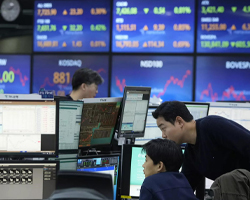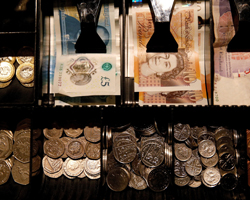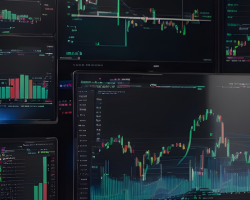Stocks Fluctuate as Investors Weigh Earnings, Jobs Data, and Global Trade Risks | Daily Market Analysis

Key events:
- USA - Average Hourly Earnings (MoM) (Jan)
- USA - Nonfarm Payrolls (Jan)
- USA - Unemployment Rate (Jan)
- USA - Fed Monetary Policy Report
The S&P 500 extended its winning streak to three consecutive sessions on Thursday, closing higher despite a volatile trading day marked by fluctuating stock prices. Investors grappled with a flood of corporate earnings reports and economic indicators ahead of the highly anticipated monthly jobs data set for release on Friday.
The S&P 500 advanced 0.3%, while the NASDAQ Composite gained 0.5%. In contrast, the Dow Jones Industrial Average slipped by 125 points, or 0.3%.
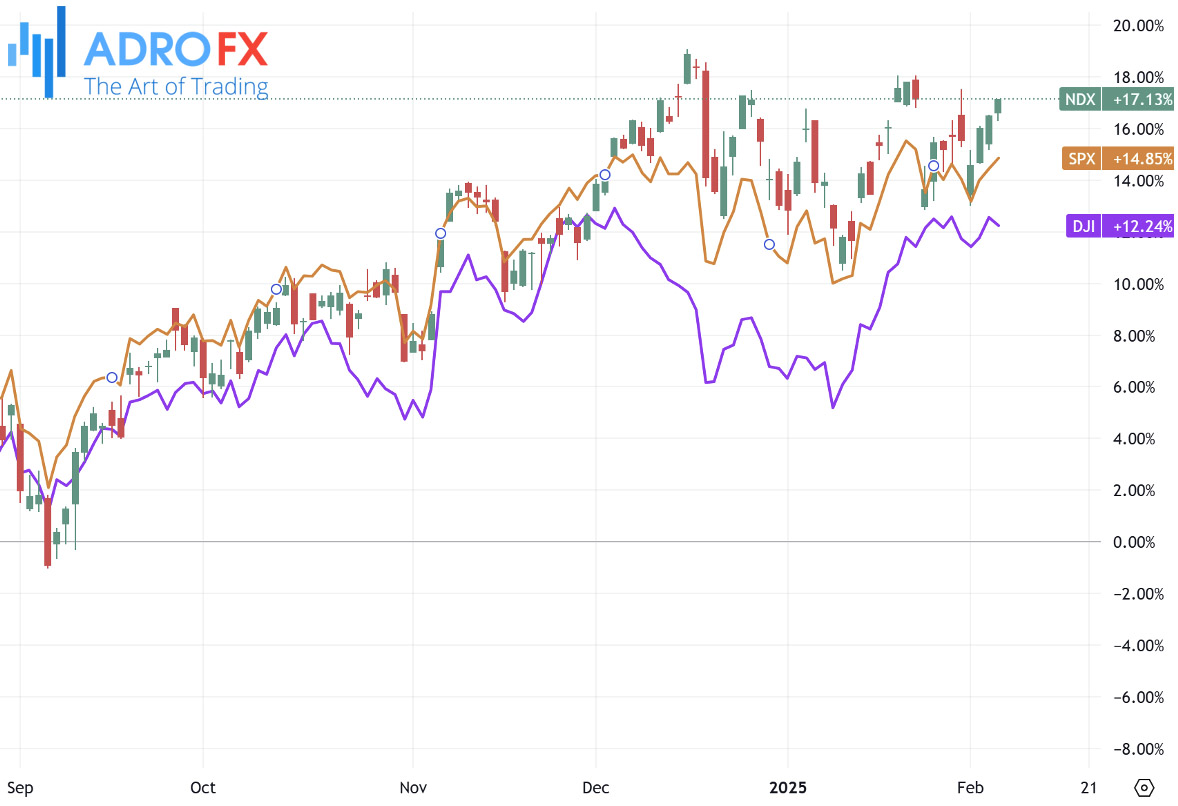
Meanwhile, initial jobless claims in the US climbed to 219,000 for the week ending February 1, surpassing economist expectations of 214,000. The prior week’s figure saw a slight upward revision to 208,000. This uptick in unemployment claims reflects a labor market that is gradually cooling but remains relatively robust.
Other labor market indicators this week have presented a mixed picture, with private payrolls showing growth but job openings falling at the fastest pace in over a year. However, steady hiring trends and persistently low layoff levels reinforce expectations that the Federal Reserve will maintain its current interest rate stance until at least mid-year.
In currency markets, the Australian dollar remains under pressure against the US dollar for the second straight session. This comes amid China’s decision to impose a 15% tariff on US coal and liquefied natural gas imports, in addition to a 10% tariff on crude oil, agricultural machinery, and specific automobile models. Furthermore, China is implementing export restrictions on key industrial metals such as tungsten, tellurium, ruthenium, and molybdenum, citing national security concerns.
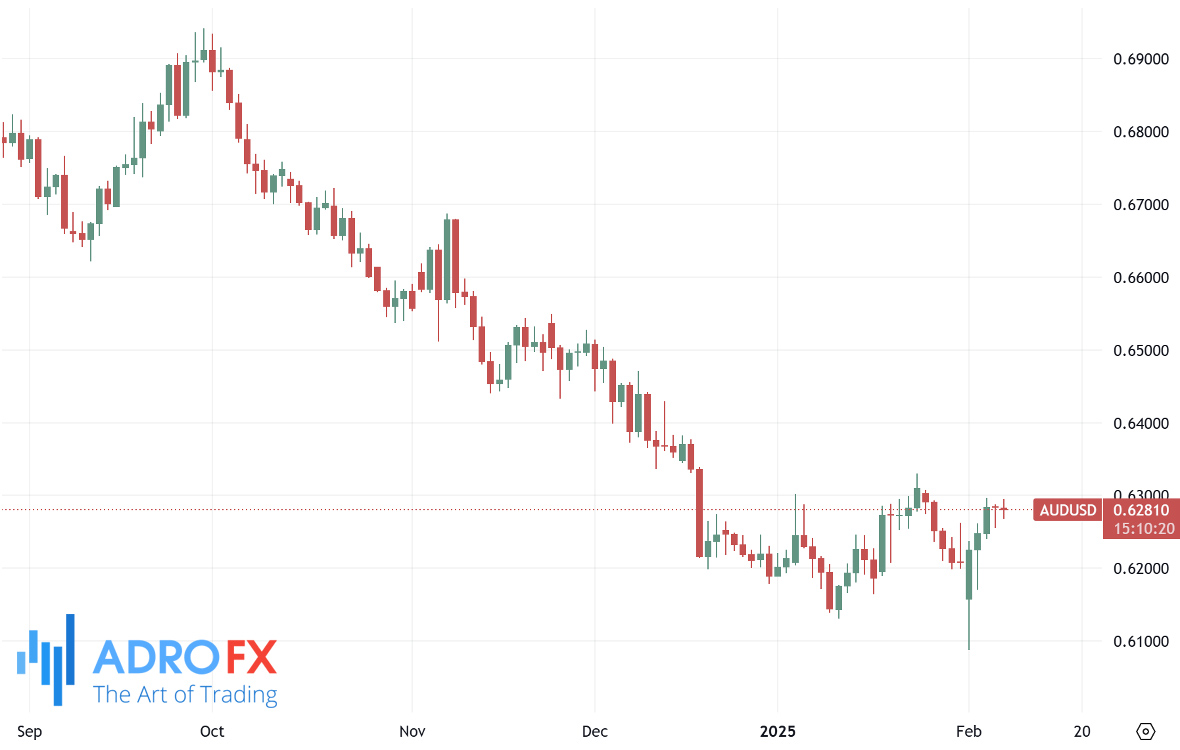
Australia’s trade surplus narrowed sharply in December, dropping to 5,085M from a revised 6,792M in November and missing market expectations of 7,000M. Export growth slowed to 1.1% month-over-month, down from 4.2% in November, while imports surged 5.9% after a modest 1.4% increase in the prior month. On a brighter note, Australia’s Judo Bank Composite PMI improved to 51.1 in January from 50.2, signaling a mild acceleration in economic activity. The Services PMI edged up to 51.2 from 50.8, marking its twelfth consecutive month of expansion and the fastest pace of growth since August.
Elsewhere, the USD/CHF currency pair is gaining traction, hovering near 0.9060 in early European trade. Renewed demand for the US dollar has lent support to the pair, particularly as geopolitical tensions rise. US President Donald Trump’s assertion that Israel would transfer control of Gaza to the United States following the ongoing conflict has drawn sharp criticism from European and Middle Eastern leaders. Analysts warn that any escalation in tensions could further boost demand for safe-haven assets, including the Swiss franc.
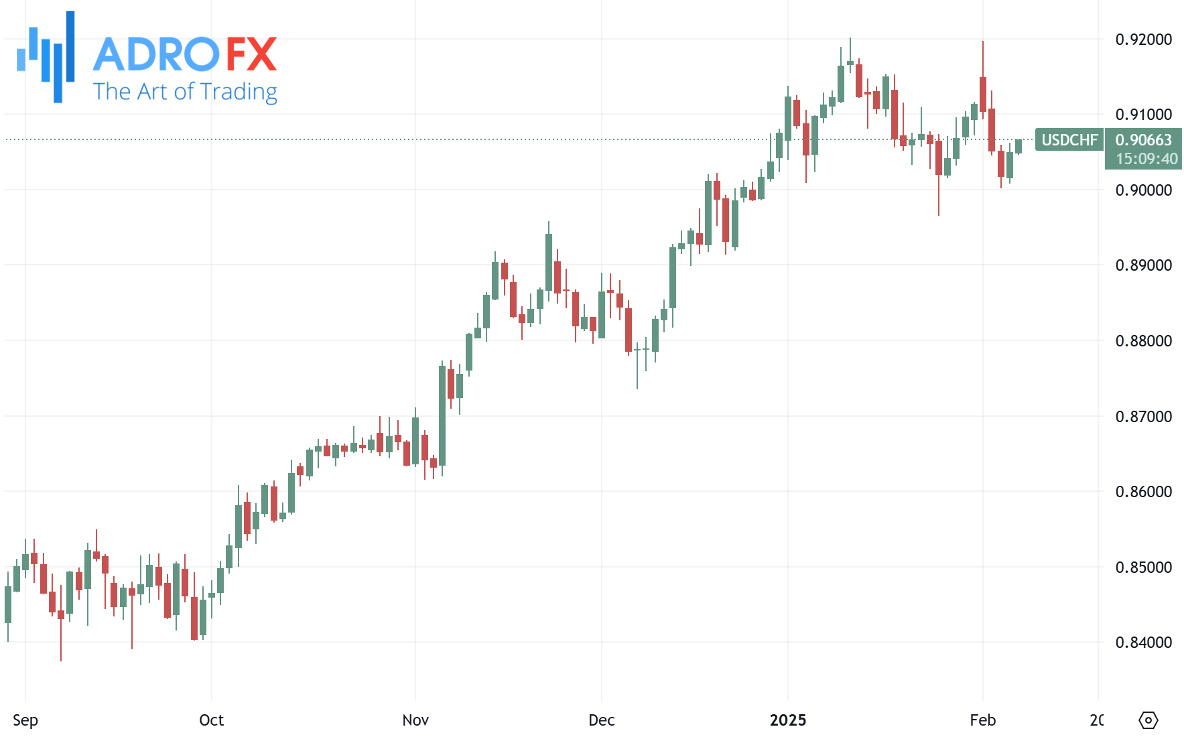
Meanwhile, the Japanese yen is struggling to gain momentum following cautious remarks from the International Monetary Fund (IMF). Although the USD/JPY pair briefly dipped below 151.00 during Asian trade, expectations of further policy tightening by the Bank of Japan are limiting downside risks. A senior BoJ official reaffirmed the central bank’s commitment to gradually raising borrowing costs, a move aimed at closing the interest rate gap with the Federal Reserve and other major central banks. Japan’s Economy Minister Ryosei Akazawa reiterated the government’s focus on eliminating deflationary pressures, with policies aimed at boosting minimum wages and encouraging corporate pay hikes. Additionally, Japan’s real wages, adjusted for inflation, recorded a 0.6% year-on-year increase in December - the second consecutive month of growth - supporting the case for further BoJ policy adjustments.
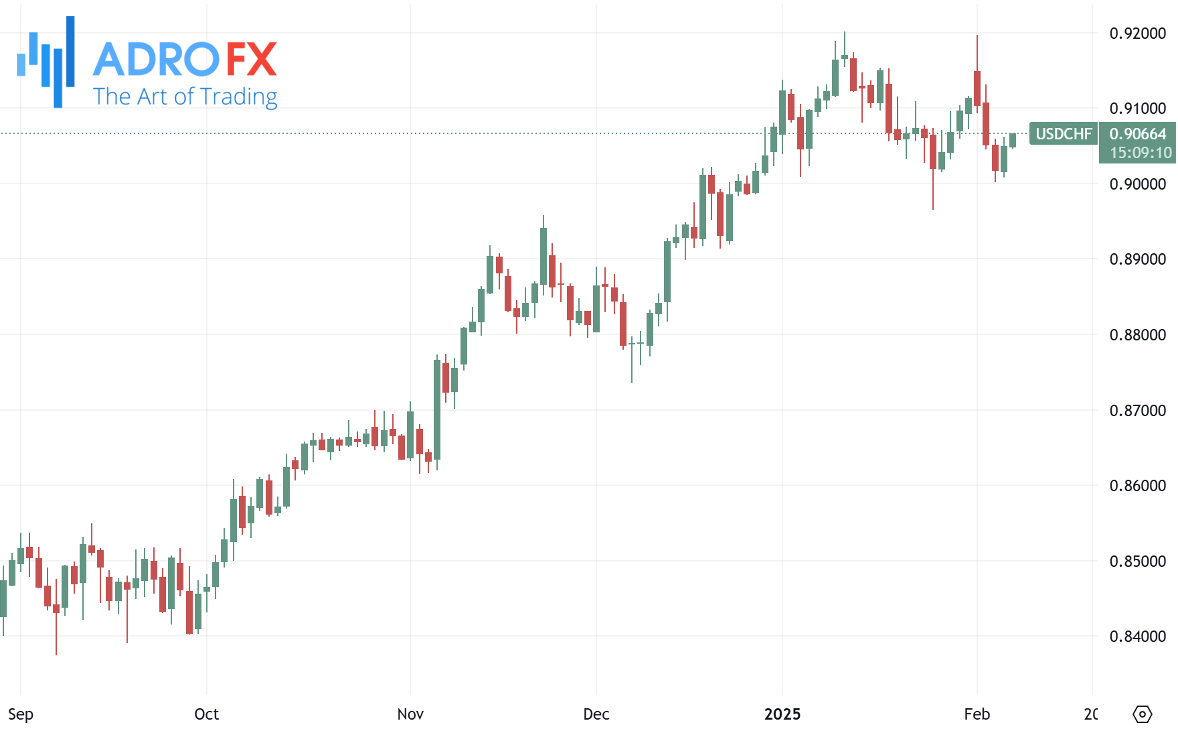
Over in the Eurozone, the euro is struggling to gain ground against the dollar, trading around 1.0375 in Asian trade. The uncertain outlook for US-EU trade relations is weighing on the common currency. President Trump’s latest remarks, labeling the US-EU trade imbalance an “atrocity” and threatening tariffs, have sparked concerns over a potential trade conflict. European leaders have vowed to retaliate if such measures are implemented. Meanwhile, European Central Bank policymaker Piero Cipollone signaled that further rate cuts are likely as inflationary pressures continue to ease. However, heightened trade tensions could add another layer of uncertainty for the 20-nation bloc.
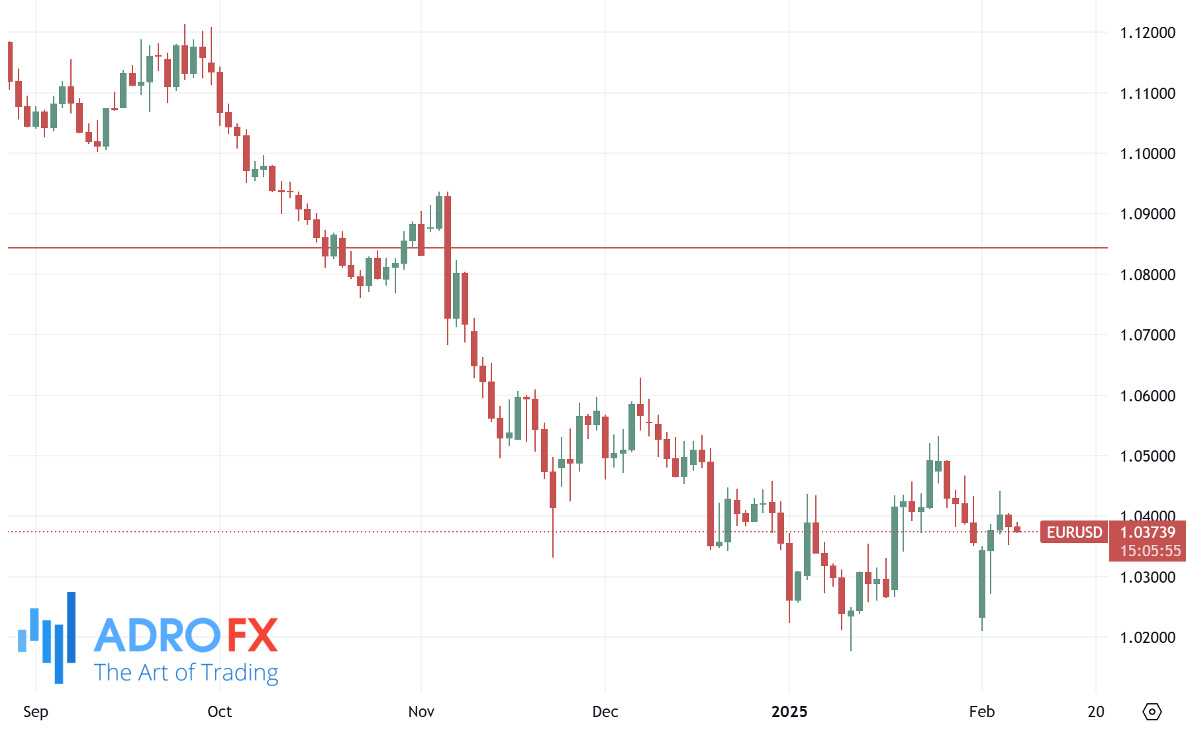
On the US monetary policy front, recent comments from Federal Reserve officials are keeping the greenback in demand. Chicago Fed President Austan Goolsbee highlighted the growing economic uncertainty, suggesting a cautious approach to rate cuts. Similarly, Dallas Fed President Lorie Logan emphasized that while inflation has moderated, the labor market remains strong, reducing the urgency for immediate monetary easing.
Market participants are now bracing for Friday’s nonfarm payrolls report, which is expected to show the US economy added 170,000 jobs in January, down from December’s robust 256,000 gain. The unemployment rate is projected to hold steady at 4.1%, while annual wage growth is expected to slow slightly to 3.8% from 3.9% in December. If employment data comes in weaker than expected, it could weigh on the US dollar and provide some relief to risk-sensitive assets.

